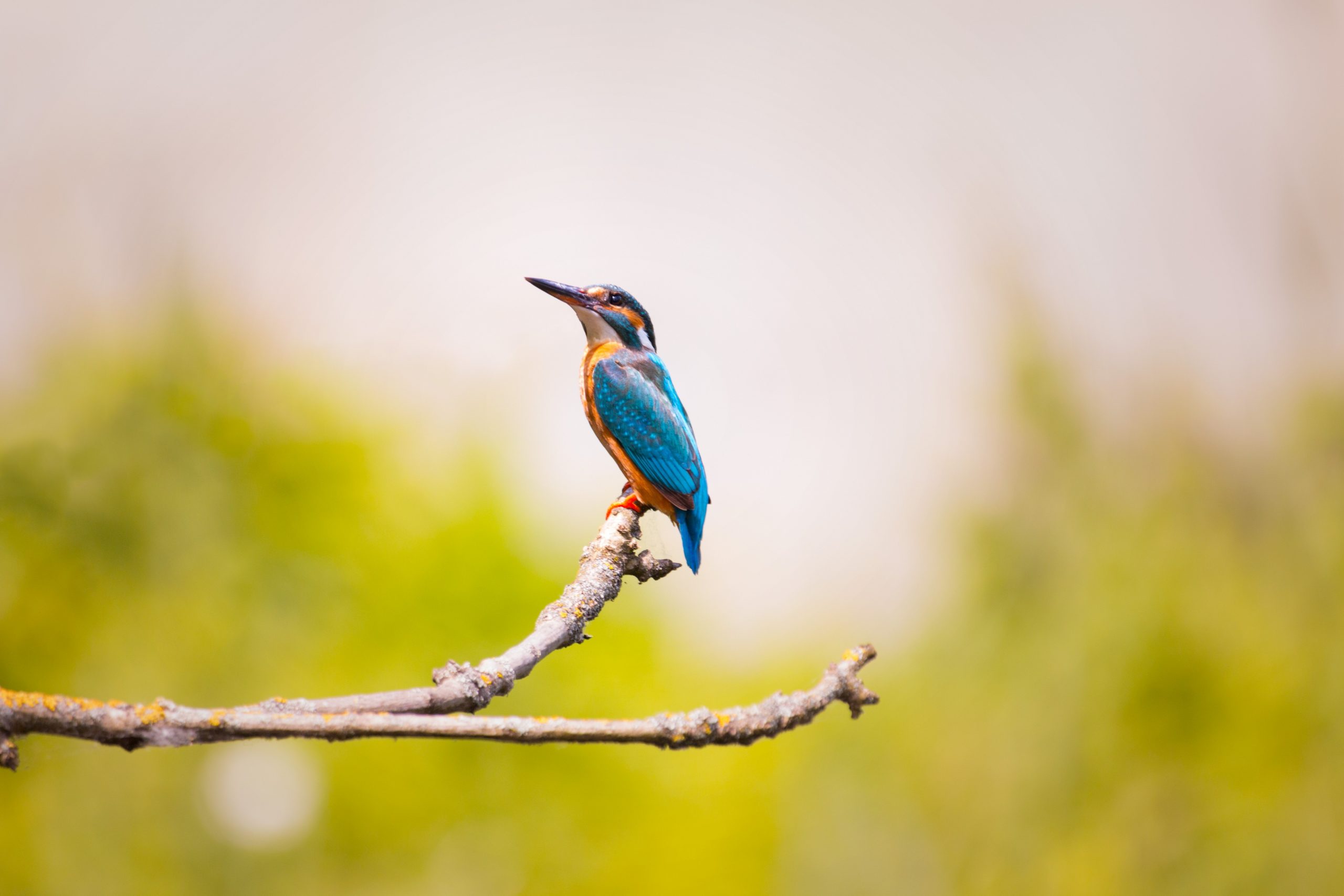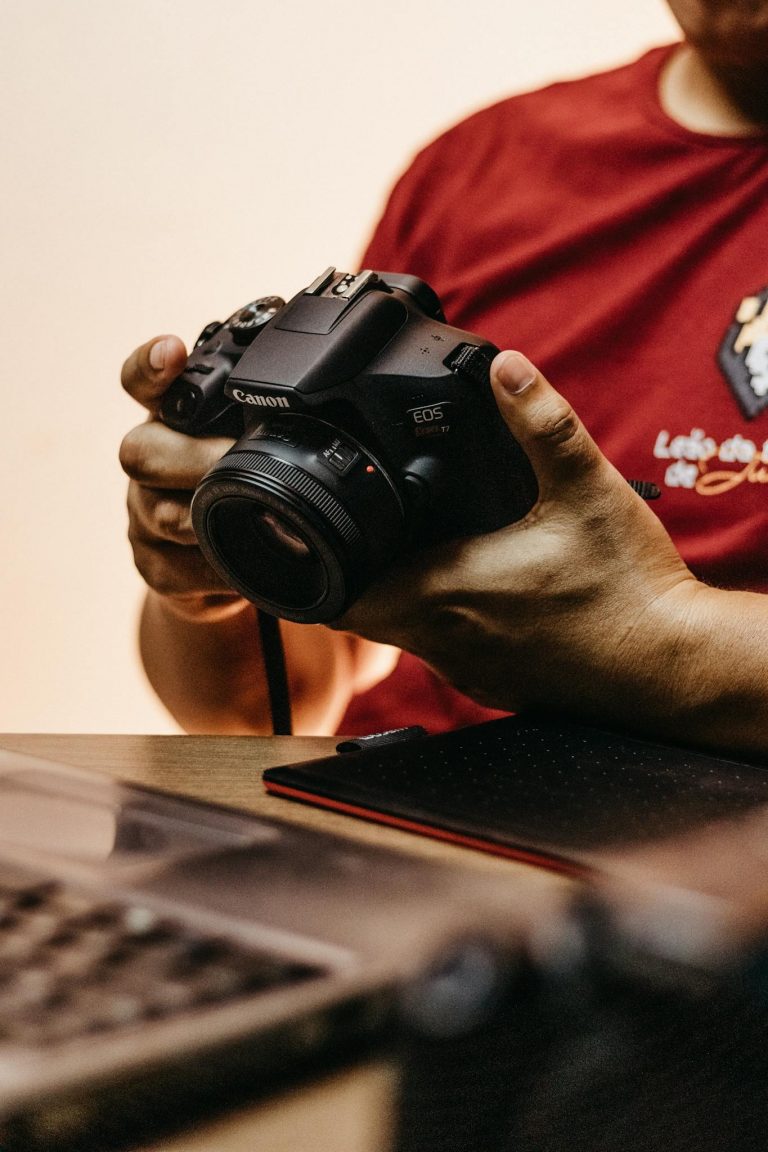
Exploring Photography Genres: Challenges and Techniques
Introduction
Photography is a versatile art form that encompasses a wide range of genres, each with its own unique challenges and techniques. Whether you’re a budding photographer looking to specialize or a seasoned pro seeking inspiration, delving into specific genres can ignite your creativity and elevate your skills. In this blog post, we will explore some intriguing photography genres, such as street photography, architectural photography, food photography, and underwater photography, and delve into the distinctive characteristics that make each one a compelling subject of study.
Street Photography: Capturing the Essence of Urban Life
Street photography is all about capturing candid moments in everyday urban life. It often thrives on spontaneity, and the photographer must be quick to react to fleeting scenes. Challenges in street photography include finding the balance between being unobtrusive yet engaging with your subjects. To excel in this genre, consider the following techniques:
- Master the Art of Observation: A successful street photographer is always aware of their surroundings. Pay attention to the interplay of light and shadow, intriguing characters, and the dynamics of the street.
- Use a Fast Lens: A lens with a wide aperture (e.g., f/1.8) is excellent for street photography, allowing you to shoot in low light and achieve a shallow depth of field.
- Get Close and Fill the Frame: Don’t be afraid to get physically close to your subjects. This creates an intimate and engaging composition.
Architectural Photography: Celebrating Structural Beauty
Architectural photography is all about showcasing the beauty and design of buildings and structures. One of the main challenges here is dealing with scale, especially when capturing massive structures. To excel in architectural photography, keep these techniques in mind:
- Choose the Right Time and Weather: Soft, diffused light during the golden hours (early morning and late afternoon) can make architectural details shine. Cloudy days are also great for reducing harsh shadows.
- Use a Tilt-Shift Lens: A tilt-shift lens can correct perspective distortion and ensure that vertical lines remain straight.
- Highlight Details: Architectural photography is about capturing intricate details. Use a tripod to ensure sharpness and employ a polarizer to reduce glare on glass surfaces.
Food Photography: Savoring the Visual Feast
Food photography is an enticing genre that revolves around making dishes look irresistible. The main challenge is keeping food looking fresh and appealing. To excel in food photography, consider these techniques:
- Natural Light is Your Friend: Soft, diffused natural light is ideal for highlighting the textures and colors of food. Avoid harsh, direct sunlight.
- Styling is Key: Pay attention to the arrangement and presentation of the food. Props, backgrounds, and garnishes can enhance the shot.
- Capture Steam and Motion: To make food look fresh and inviting, try capturing steam rising from hot dishes or someone pouring sauce over a meal.
Underwater Photography: A World Beneath the Surface
Underwater photography is a realm where you explore the mesmerizing world beneath the waves. The unique challenge here is working in an environment where light behaves differently. To excel in underwater photography, here are some key techniques:
- Master Buoyancy Control: To get the perfect shot, you need to be able to hover effortlessly underwater. This takes practice and proper buoyancy control.
- Invest in Underwater Housing: Ensure your camera is well-protected in an underwater housing case. Different cameras require specific housings.
- Use Appropriate Lighting: Depending on the depth and water clarity, you may need underwater strobes or video lights to illuminate your subjects.
Wildlife Photography: Capturing Nature’s Wonders
Wildlife photography is an exhilarating genre that involves photographing animals in their natural habitats. The primary challenge is getting close enough to the subjects without disturbing them. To excel in wildlife photography, consider these techniques:
- Patience and Observation: Wildlife photography often requires long hours of waiting for the right moment. Pay close attention to animal behavior to anticipate their actions.
- Long Lenses and Telephoto Zooms: A telephoto lens with a long focal length is essential for wildlife photography, allowing you to capture distant subjects without getting too close.
- Silence and Camouflage: Blend into your surroundings, move quietly, and use natural or artificial camouflage to get closer to your subjects without scaring them away.
Astrophotography: Capturing the Cosmos
Astrophotography is the art of photographing celestial objects, including stars, planets, and galaxies. The main challenge is dealing with low light conditions and long exposure times. To excel in astrophotography, consider these techniques:
- Dark Sky Locations: To avoid light pollution, travel to remote areas with minimal light contamination for clear night skies.
- Sturdy Tripods: Use a sturdy tripod to keep your camera steady during long exposures, preventing blurriness.
- Wide Apertures and High ISO: Open your aperture to its widest setting and use a high ISO setting to capture faint celestial objects.
Conclusion
Photography genres offer a fascinating opportunity to explore diverse aspects of the art form. Whether you find yourself drawn to the raw, candid moments of street photography, the structural beauty of architectural photography, the tantalizing world of food photography, or the mysteries of underwater photography, each genre presents its own unique set of challenges and techniques. By mastering the intricacies of your chosen genre, you can refine your skills and create compelling, evocative images that resonate with viewers and express your artistic vision. So, pick a genre that speaks to you, and dive into the exciting world of specialized photography.



